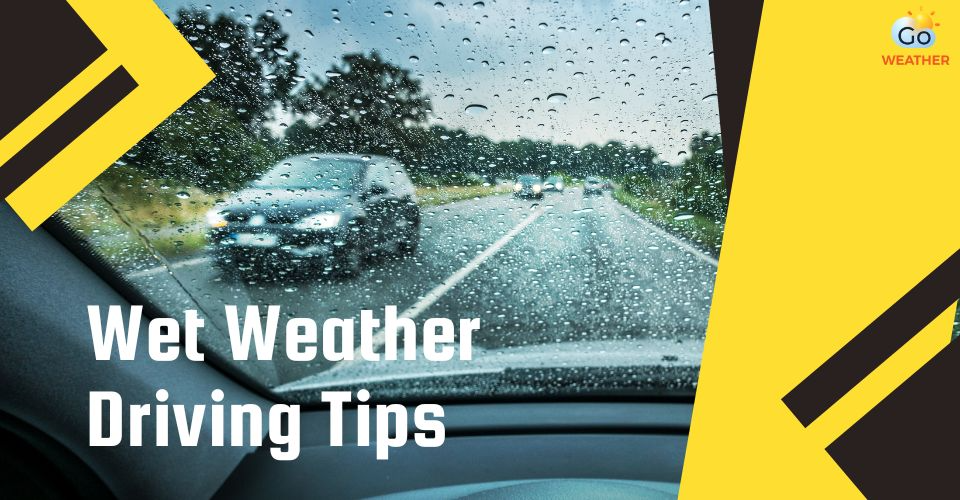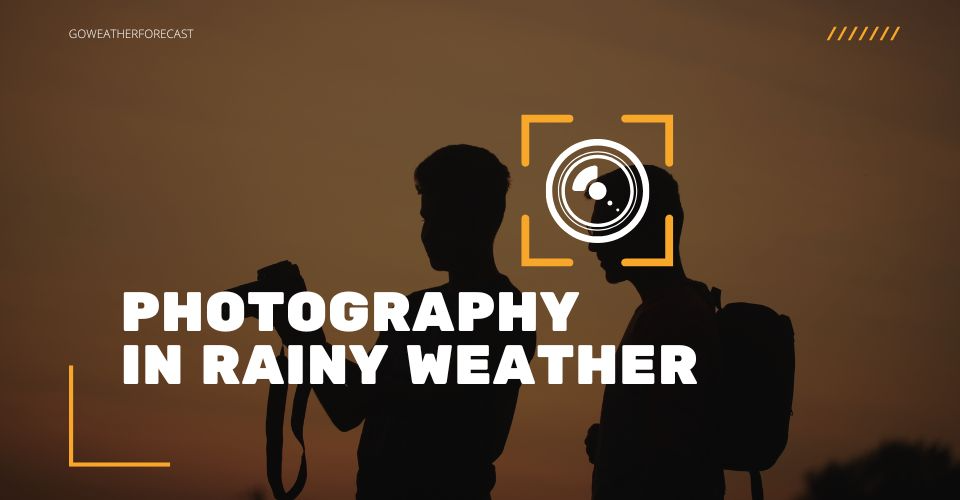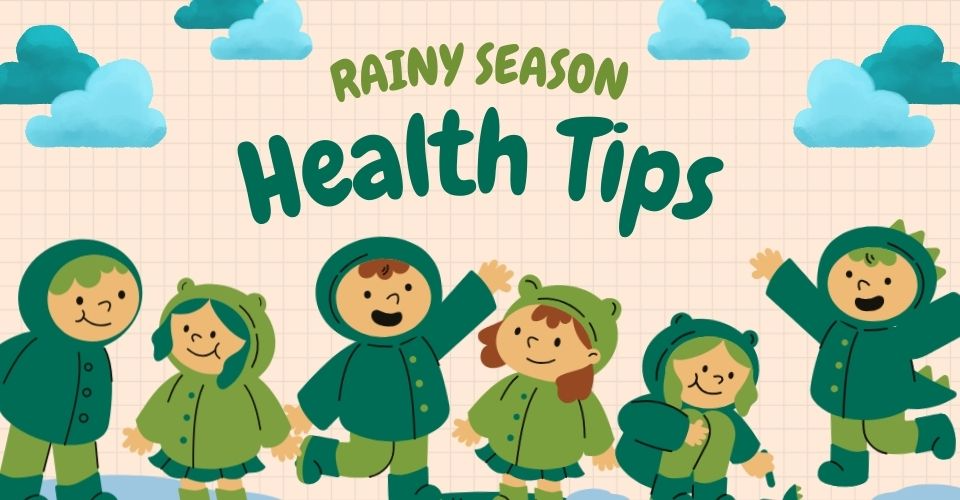Wet Weather Driving Tips: 10 Things to Remember to Be Safe & Healthy
- 10 Wet Weather Driving Tips
- Stop Driving in Heavy Rain or Snow
- Double Check Your Car’s Equipment
- Slow Down
- Maintain a Safe Distance Between Cars
- Avoid Sudden Braking
- Turn on Your Headlights
- Handle Hydroplaning
- Ventilate Your Car
- Keep an Eagle Eye Out for Pedestrians and Cyclists
- Avoid Large Puddles
- Traction and Stability Control
- Keep Your Tires Inflated Properly
- Avoid Aquaplaning
- Why Is It Better to Drive Slower on Wet Roads?
- How Fast Should I Drive in the Rain?
Driving in the rain, whether a sprinkle or a heavy shower, can be one of the most challenging situations every driver encounters. Higher accident rates are directly correlated with rainy weather. You will almost certainly have to drive in the rain at some time, no matter where you live. Here are our 10 crucial wet weather driving tips, which will help you lower your accident rate and stay safe in adverse conditions.
.jpg)
Tips for driving in bad weather conditions
10 Wet Weather Driving Tips
Stop Driving in Heavy Rain or Snow
If you feel uncomfortable driving in the rain or snow, stop and wait until the weather improves before driving. There is no reason to put yourself at risk if it’s not really necessary.
In the worst case, one of the most helpful bad weather driving tips is to pick a safe spot to pull off and turn on your headlights and hazard warning lights to alert other drivers.
Double Check Your Car’s Equipment
.jpg)
Check your car’s equipment
If you use the best weather app for predicting rain and see that it will rain heavily, check your car’s equipment, such as headlights, taillights, and windshield wipers to ensure that they will work in order efficiently when needed.
Also, check how deteriorated your vehicle’s tires are to lessen the chances of traction on wet roadways.
Slow Down
Wet roads are very dangerous, so you must be cautious in wet weather. So, one of the most crucial wet weather driving tips is reducing your speed.
When driving in wet weather conditions, you should adhere to the required speed limit and drive significantly slower than normal.
.jpg)
Slowing down is one of the critical wet weather driving tips
While turning windshield wipers in light rain may seem common sense, some people forget to do so. A windshield wiper helps clear moisture from the glass to increase driver visibility.
You can also use several other products that can be sprayed or wiped onto the glass to prevent rainwater from collecting.
Maintain a Safe Distance Between Cars
Another good tip for driving in wet weather is to keep a greater distance between your vehicle and the car in front of you. This is because stopping your vehicle will be more difficult when driving in the rain.
Avoid Sudden Braking
Take your foot off the accelerator earlier than normal to slow your vehicle. Avoid using cruise control so that you can pay full attention to both the gas and brake.
This is also one of the best safety precautions during rainy season.
.jpg)
Avoid sudden braking
Turn on Your Headlights
It is advisable to turn on your vehicle’s lights while driving in the rain. This will increase your visibility and other drivers' ability to see your car on the road.
If possible, avoid driving through standing water, as this may cause hydroplaning. Drive slowly and steadily so that you can change lanes or steer around places where water has been collected.
Handle Hydroplaning
Hydroplaning causes drivers to lose control, which may lead to car accidents. Out of the best tips for wet weather driving, letting off the gas when hydroplaning is noteworthy.
If your car is sliding slightly, just take your foot off the gas pedal. Remember, do not make sudden turns or hit your brakes. The car then will slow and can get a grip on the road.
Ventilate Your Car
.jpg)
Ventilate your car
Rain and snow are usually associated with higher levels of humidity. When you drive in the rain, your vehicle's windows and windshield can be foggy.
Most cars’ ventilation systems are designed to reduce fog. So, we suggest you pull over at a safe place when it comes to driving in wet weather safety tips.
Keep an Eagle Eye Out for Pedestrians and Cyclists
How to drive in rainy weather safely? Keep an eye on pedestrians and cyclists.
On rainy days, the visual and audio cues for measuring car distances are usually obscured or limited. Pedestrians may rush across the street without looking around. So, you, as a driver, should be on the lookout for pedestrians to avoid accidents
.jpg)
Be careful of pedestrians and cyclists
Avoid Large Puddles
Potholes filled with water are a threat to drivers on a rainy day. Water splashing could damage your car’s internal electrical systems and rim.
Don’t try to cross it if you can’t gauge the depth. If you have no choice, gently tap the brake pedal to dry some water on the rotor afterward.
Traction and Stability Control
Traction control is essential for maintaining grip by breaking the tires. It prevents your car from slipping on wet pavement and maintains your control when accelerating in the rain.
Keep Your Tires Inflated Properly
.jpg)
Keep your tires inflated properly
Rainy weather driving tips are undoubtedly crucial to stay safe. One is to check your car’s tires to make sure they are in good shape and inflated properly.
Think about replacing worn tires. If you have any doubts about the performance of the tire in wet weather, have an NRMA mechanic assess them.
Avoid Aquaplaning
Hydroplaning prevention is helpful as it helps ensure your tires are in good condition and have adequate tread depth.
It also reduces your speed. If you find your vehicle hydroplaning, don’t brake suddenly, as you may skid. Instead, take your foot off the accelerator.
If your car has anti-lock brakes (ABS), you can brake normally. If it doesn’t, you should use light pumping actions.
.jpg)
Avoid aquaplaning
Why Is It Better to Drive Slower on Wet Roads?
Driving in wet weather increases stopping distances and reduces your visibility. It only takes 6 inches of fast-flowing water to knock you off your feet and one foot of water to float a car.
Therefore, to give yourself more space to stop and stay safe, you should drop your speed on wet roads. This is also one of the most recommended tips for driving in the rain.
How Fast Should I Drive in the Rain?
Your speed should be reduced by ⅓ on wet roads and by ½ on snow roads.
For example, if you usually commute at 60 mph, then on a wet road, you should drop your speed to 40 mph and 30 mph on a snow-packed road.
.jpg)
Learn wet weather driving tips to stay safe
Conclusion
Extra precautions may help calm the anxiety and reduce accident rates associated with driving in the rain. So, equip yourself with these wet weather driving tips to reduce the chances of an accident.
![10 Health & Safety Precautions During Rainy Season [Be Careful]](https://admin.goweatherforecast.com/images/1732692097.png)

![Best Weather App for Predicting Rain on iOS & Android [Free Apps]](https://admin.goweatherforecast.com/images/1732694880.png)









0 Comments
Leave a Comment
Your email address will not be published. Required fields are marked *